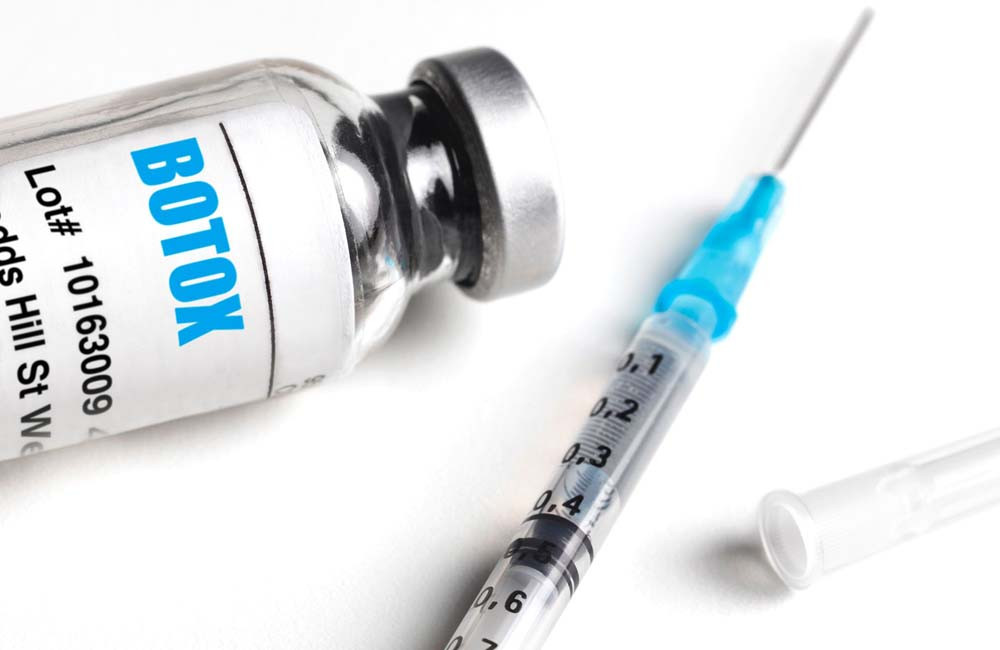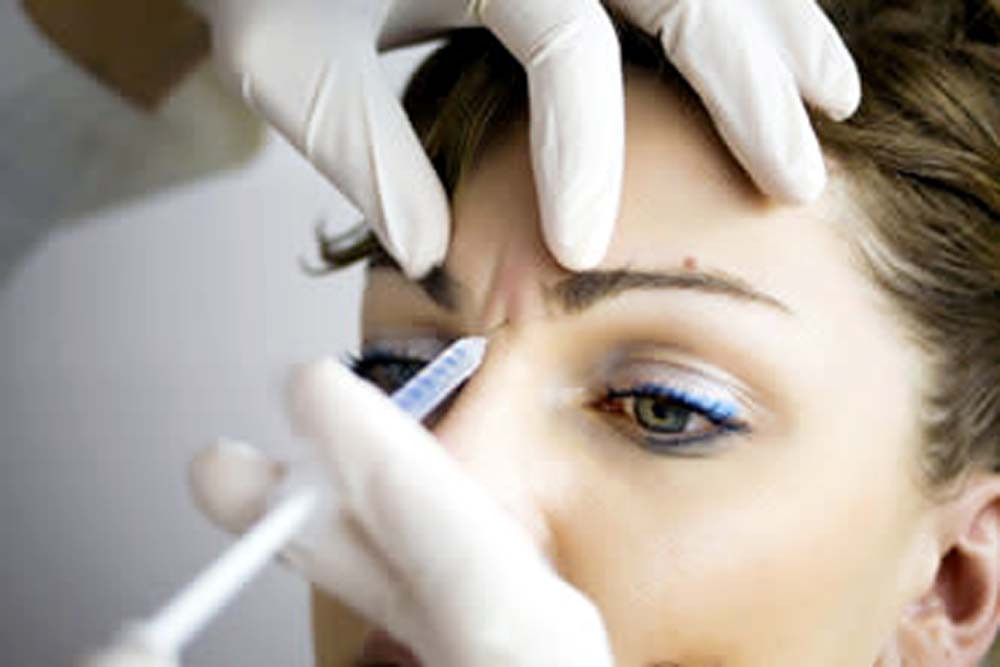
There are both negative and positive aspects of injecting Botox for instance If Botox is injected by untrained doctors who are not familiar with the facial anatomy it can lead to drooping of the eyelid also While most doctors suggest focusing on the quality of the skin with a proper regimen that may include, deep cleansing, exfoliation, hydration and SPF protection as well regular chemical peels or specialised treatments there are still exceptions when it comes to Botox.
What is botox?
Botox is the trade name for botulinum toxin Type A, a purified protein produced by the Clostridium botulinum bacterium, which reduces the activity of the muscles. It is clinically used in small substances to treat strabismus and facial spasms and other neurological disorders characterised by abnormal muscle contractions. Botox was licensed for use in cosmetic procedures by the US Food and Drugs Administration in 2002. Botox injections are a quick and relatively painless way to remove crow’s feet, frown lines, and forehead lines. This cosmetic procedure is relatively popular; millions of botox treatments have been administered in recent years, and is often used to enhance the results of other plastic surgery procedures such as a face lift, brow lift or eyelid surgery.

Where is botox used?
Botox is most commonly used to fix the vertical frown line between the eyebrows. Fine lines appearing at the corners of the eyes also known as crow’s feet or laughter line, neck bands, jaw shaping and horizontal lines across the forehead can all be fixed with botox. Botox has also been used to treat under eye wrinkles and skin laxity. These treatments are called advanced botox treatments which are conducted by doctors specially trained for advanced treatments. Botox is also used for the lower face and neck giving a sculpted lower face and neck which is also known as Nefertiti lift.

How does botox work?
Botox injections blocks the nerve signals responsible for sweating, stopping the sweat glands from producing sweat? It is safe to use botox for both cosmetic and therapeutic purposes. There are no serious allergic reactions or other significant side effects except for occasional minor side effects such as swelling, bruising or redness at injection sites. When given in the wrong muscle group , in can cause inappropriate facial expression which will wear off in around two to three weeks, as it is usually temporary. Botox has been used for the lower face and neck giving a sculpted lower face and neck also known as Nefertiti lift.
Pros and Cons of botox
Like every procedure botox also has both positive and negative impact. If botox is injected wrongly into the marionette line or the mentolabial line, it can lead to drooping at the angle of the mouth. But the good news is botox isn’t just for eliminating forehead lines, and the uptick in interest also reflects appointments to treat stress-related conditions, such as teeth grinding and jaw clenching. Deploying the toxin in the jaw line is another way to alleviate symptoms of headaches or jaw tension, which can lead to tooth damage or long term health problems. This kind of treatment goes way beyond the aesthetic and can really impact a client’s quality of life.

How long does botox Last?
Botox only lasts three to six months and then it starts dissolving. Facial muscles naturally weaken over time and can go overboard in a certain area which could lead to unwanted consequences. If you inject too much botox on your forehead over the period of time the muscles will get weaker and flatter and the skin can appear thinner and loose. As your muscles become weaker, they could also start to recruit surrounding muscles when you make facial expressions. If one stops using their forehead muscles-they may start squinting using their nose and have wrinkles along the side of their nose and one may need even more botox for the newly recruited muscles.




















COMMENTS
Comments are moderated and generally will be posted if they are on-topic and not abusive.
For more information, please see our Comments FAQ